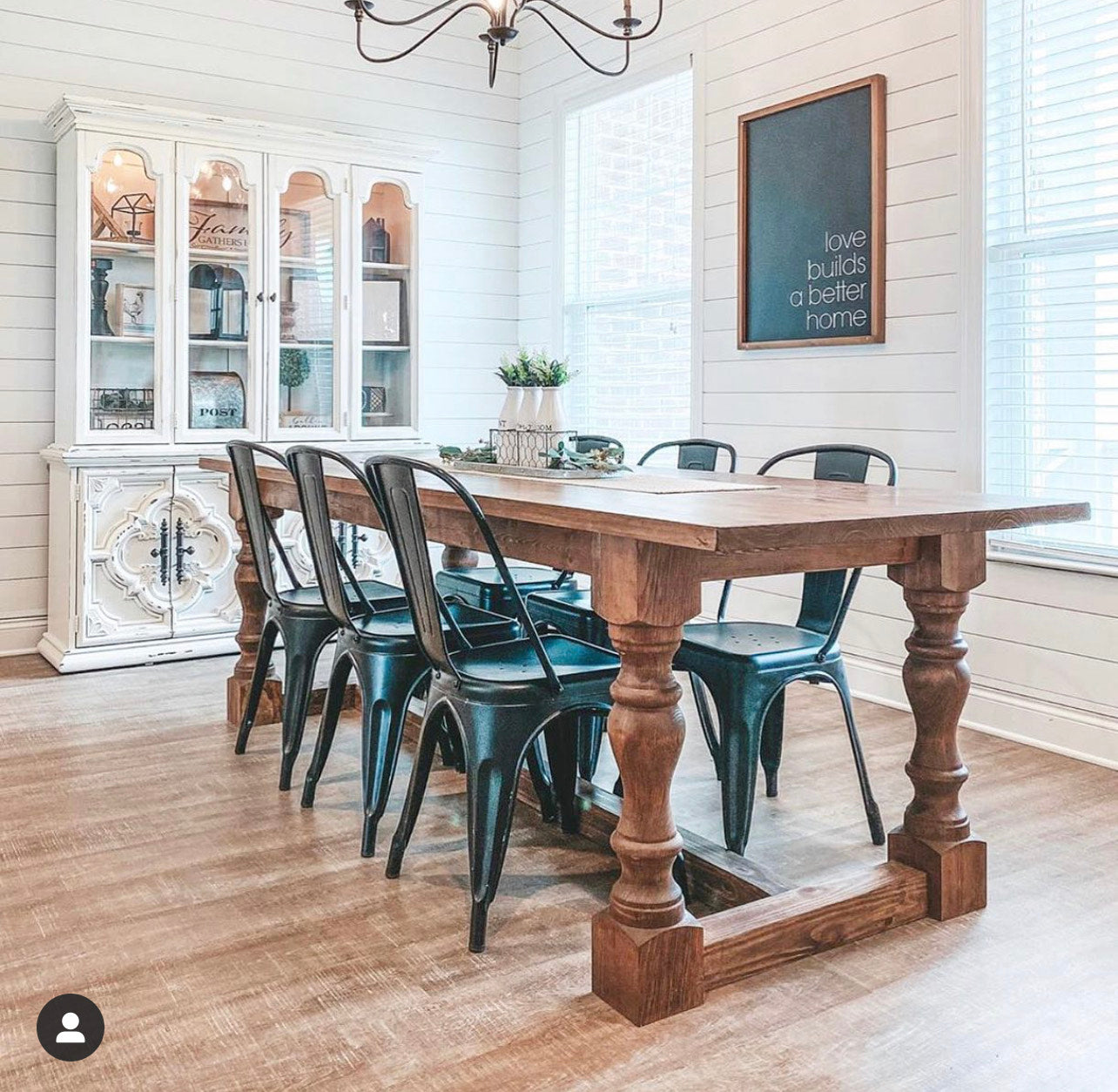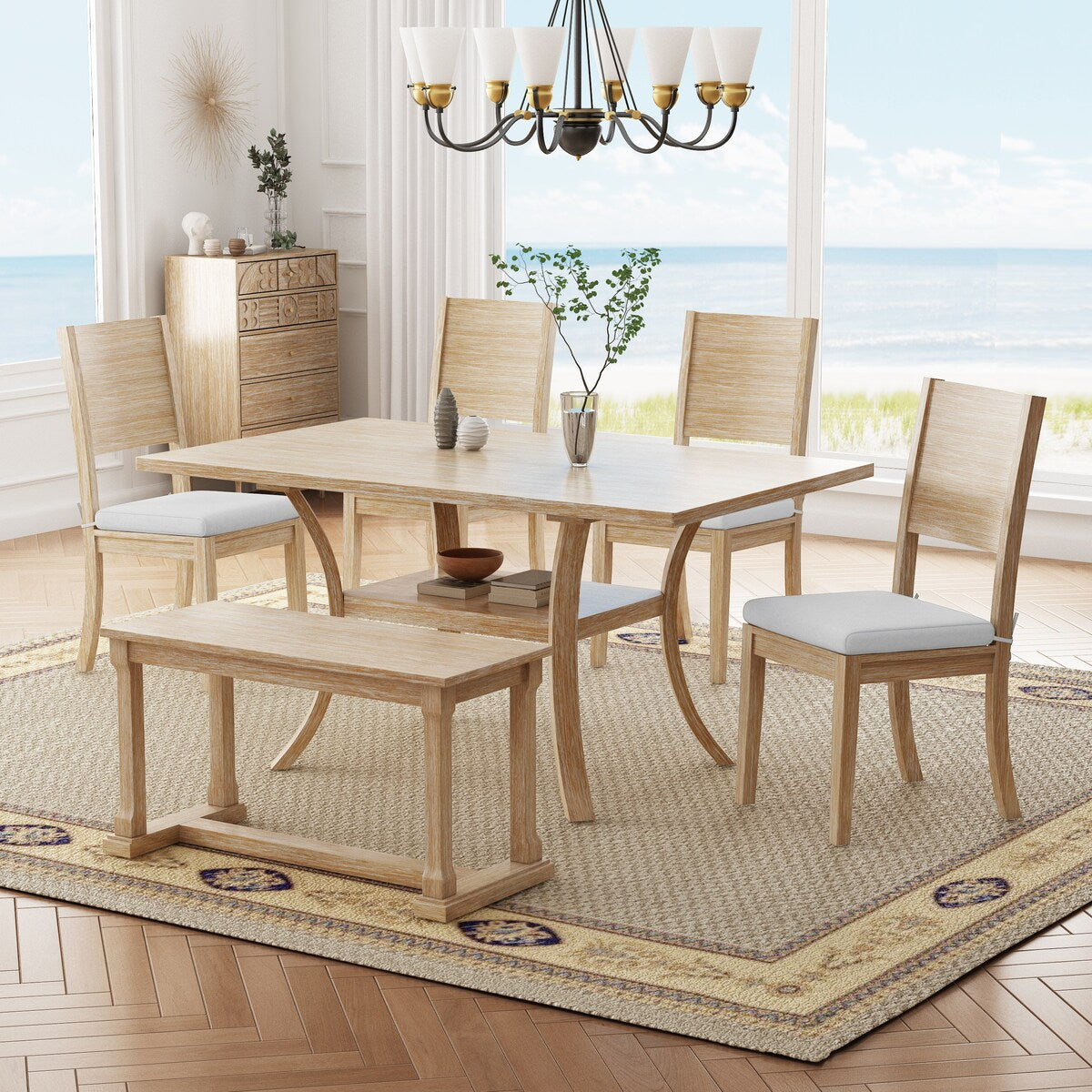Affordable and High-Quality Dining Room Table Legs for Every Budget
Affordable and High-Quality Dining Room Table Legs for Every Budget
Blog Article
Expert Tips for Installing Dining-room Table Legs for Optimum Security
When it comes to installing dining room table legs, accomplishing optimum stability is paramount for both performance and looks. What particular strategies can enhance stability also further?
Pick the Right Legs
When selecting the proper legs for your eating room table, it is important to think about both capability and looks. The legs you select will significantly impact the total layout and stability of the table. Evaluate the table's intended use; if you expect frequent events, stronger legs, such as those made from solid timber or steel, might be extra appropriate, as they supply boosted durability and support.
Standard eating tables commonly vary from 28 to 30 inches in height, so ensure the legs straighten with this criterion for comfort. Conical legs can include a contemporary touch, while transformed legs could share a much more classic visual.

Select Appropriate Equipment
Exactly how can the right equipment enhance the stability and longevity of your dining area table? The selection of ideal hardware is critical to making sure that the legs of your table are firmly attached and able to stand up to normal use. High-grade screws, bolts, and brackets offer the needed strength to support the weight of the table, as well as any type of added loads placed upon it during gatherings or meals.
When selecting screws, select those made from sturdy materials such as stainless-steel or brass, which stand up to corrosion and preserve stability gradually. The size of the screws is equally essential; they must permeate deeply right into the table's framework without compromising integrity. For bolted links, consider using lock washers to avoid loosening up as a result of resonance or activity.
In addition, making use of edge braces can include additional support, especially for larger tables or those with heavier tops. These brackets disperse weight equally and aid keep the table's shape. Making certain that the hardware you select is suitable for the certain products of your table will certainly better boost its general stability and longevity, enabling you to enjoy your eating experience for several years ahead.
Ensure Correct Placement
Proper placement of dining room table legs is essential for both visual charm and functional stability. To achieve ideal alignment, start by measuring the range from the table's corners to the leg add-on points.
Utilize a degree throughout installment to validate that each leg is vertical to the table top. It is recommended to note the wanted leg positions on the underside of the table with a pencil or masking tape before protecting them.
Moreover, ascertain the alignment after the initial screws are tightened, as changes might be necessary prior to totally securing the hardware. By prioritizing appropriate positioning, you not only improve the table's general style however likewise ensure that it remains steady and practical for many years to find.

Take Into Consideration Weight Circulation
After making certain correct positioning of the dining-room table legs, it is necessary to consider look here weight circulation to boost stability and performance. dining room table legs. Appropriate weight circulation is essential in preventing tottering and making sure that the table can sustain its desired tons without threat of tipping or falling down
When placing the legs, guarantee they are positioned at equal ranges from the facility of the table to equally disperse the weight throughout the framework. Think about the weight of the tabletop and any kind of products that will frequently hinge on it, such as tabletop devices or attractive items. Tables with heavier surface areas must ideally have legs located closer to the corners, as this maximizes the base of assistance and lessens the threat of instability.
Additionally, if the table is planned for usage in a high-traffic location, consider utilizing larger products for the legs or adding stabilizing aspects, such as cross-bracing or a reduced shelf - dining room table legs. These changes can help preserve balance and avoid moving throughout usage. Eventually, a well-considered weight distribution strategy will considerably improve the table's general efficiency, ensuring it remains a useful and appealing centerpiece company website for your dining space
Test Security Before Usage
Examining the security of the eating area table before usage is an important action that should not be ignored. If the table reveals instability, recognize the legs or joints that might require change.
Next, check that all fasteners and screws are tightened appropriately. Loosened links can lead to instability and potential damages gradually. If required, make use of timber adhesive on joints to enhance security, making certain to permit sufficient drying out time.

Final Thought
Finally, the installment of dining-room table legs needs mindful factor to consider of products, placement, equipment, and weight circulation to achieve optimum stability. By choosing high-grade bolts and tough legs, making sure accurate alignment, and distributing weight equally, the structural stability of the table can be significantly enhanced. Carrying out a security test prior to regular use better guarantees that the table will certainly stand up to daily pressures, consequently giving a trusted and risk-free eating experience.
When it comes to mounting dining room table legs, attaining maximum stability is extremely important for both capability and looks. The legs you choose will substantially impact the general layout and stability of the table great site (dining room table legs). Conventional dining tables generally vary from 28 to 30 inches in height, so make certain the legs line up with this criterion for comfort.Correct placement of dining area table legs is necessary for both visual allure and practical security.In final thought, the setup of dining room table legs requires careful consideration of products, alignment, equipment, and weight distribution to accomplish maximum security
Report this page